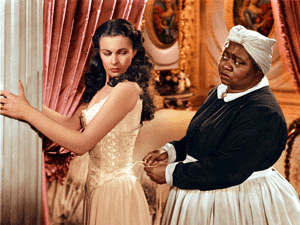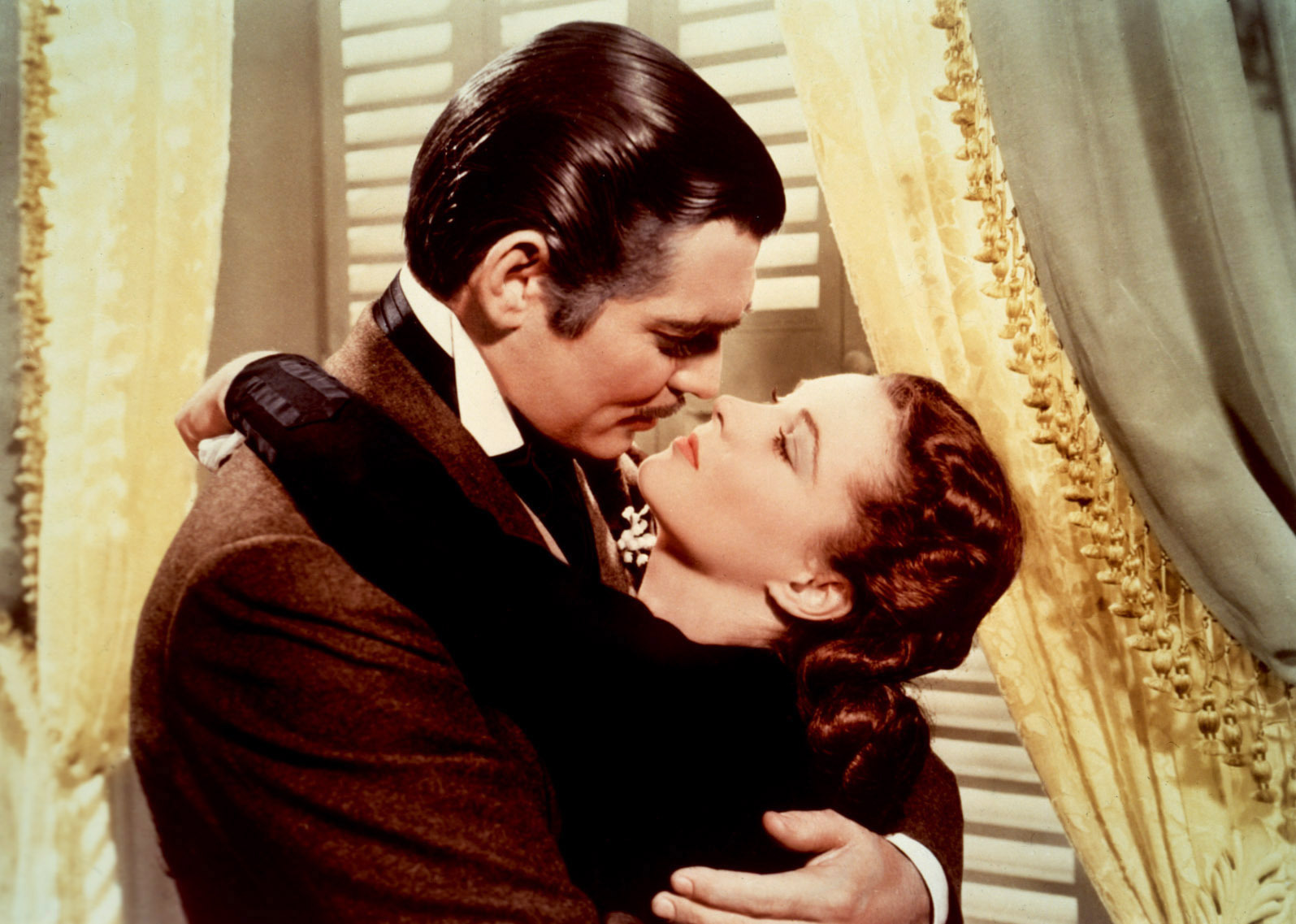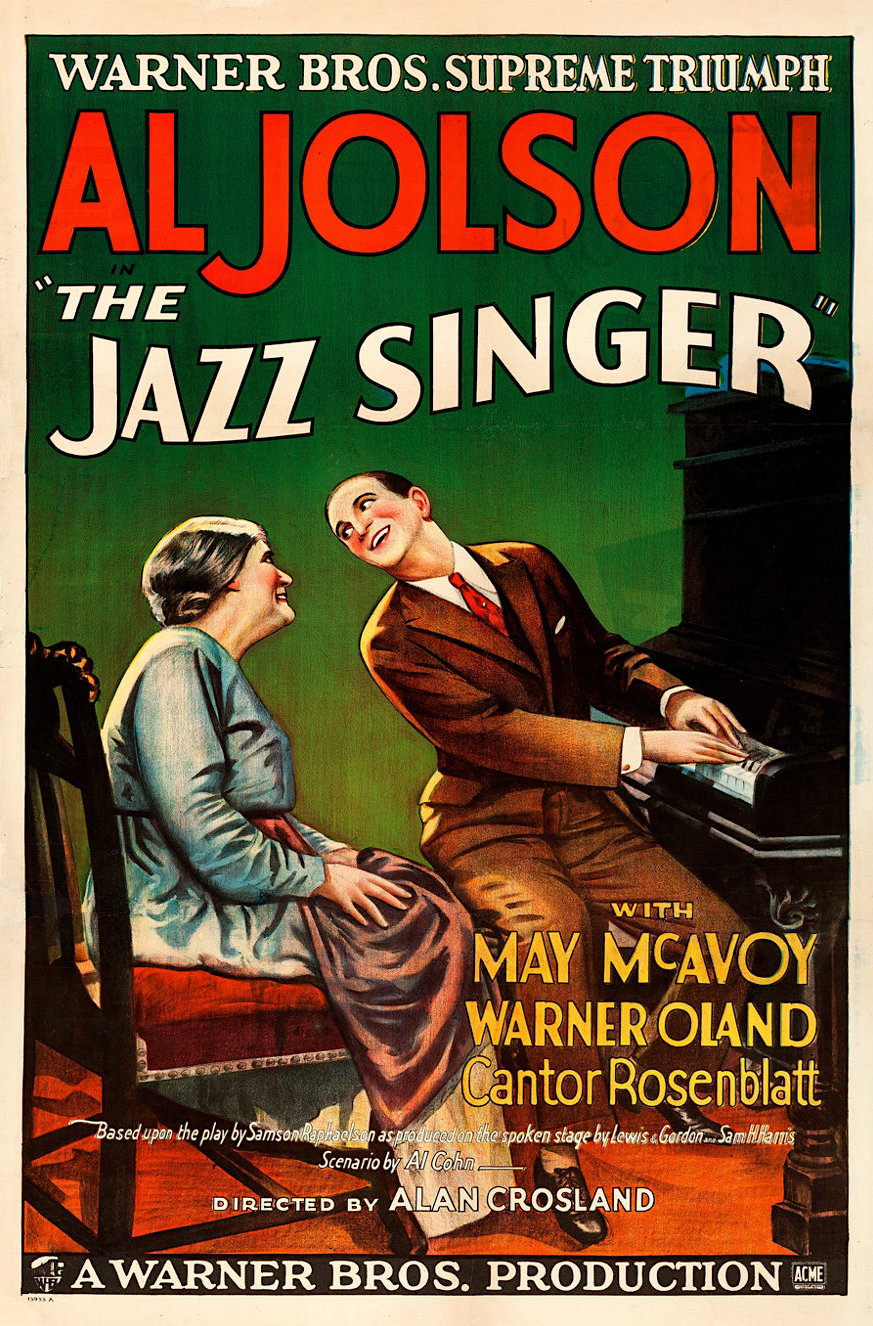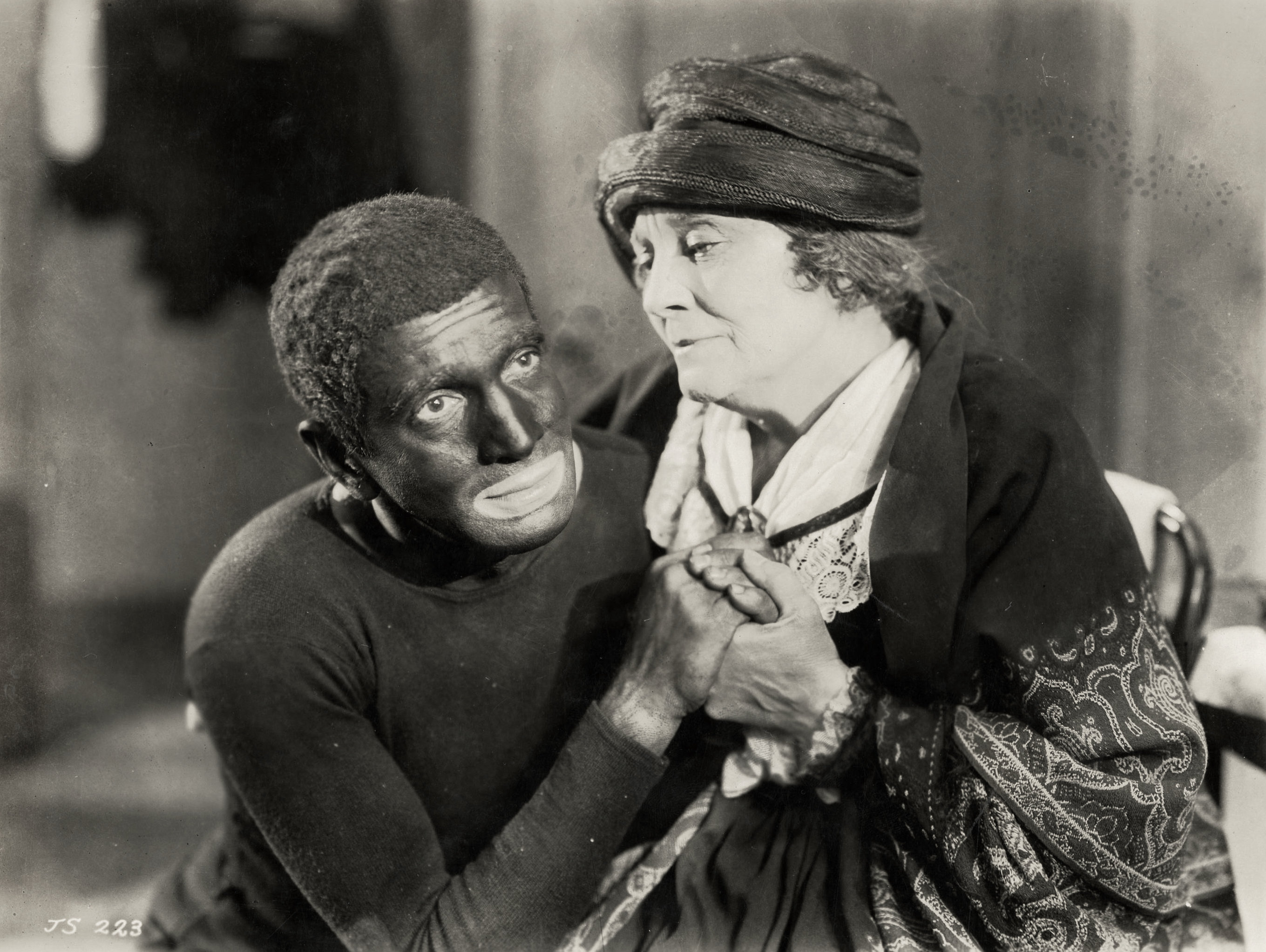 #133- Gone with the Wind (1939)
#133- Gone with the Wind (1939)Starring: Clark Gable, Vivien Leigh, Leslie Howard
Directed by: Victor Fleming
Plot Summary: While living at her family's cotton plantation, Tara, in Georgia, Scarlett O'Hara learns that the man she loves, Ashley Wilkes, is to marry his cousin, Melanie Hamilton. As Ashley is called to fight in the civil war, Scarlett consents to marry Melanie's brother Charles, only for him to die of pneumonia and measles while fighting in the war. After a brief time of mourning as a widow, Scarlett takes notice of Rhett Butler, a man who has been admiring her for quite some time. As the war worsens, Scarlett must take care of a pregnant Melanie while Ashley is away at war. With Rhett leaving to fight in the war, Scarlett returns to Tara in shambles, and vows to do anything for her and her family to survive.
It's been a month since my grandmother passed away. She was a very important woman in my life, who raised me and helped make me the man I am today. Everything I have in life I owe to what she taught me, and I thought I would share a tiny portion of the impact she had on me by reviewing a movie that she often cited as her favorite, Gone with the Wind. I was never really interested in seeing this film because I thought I knew what kind it was, a sappy, over the top, romance. But when I actually watched it, I was very surprised with how it differed from my expectations. The romance was far from perfect, and even ranged on abusive and dysfunctional, so I was left wondering what it was about the film that my grandmother loved so much. I think I have found the reason, and I hope this review does it justice and makes her proud.
 Vivien Leigh stars as Scarlett O'Hara, a character that I had a real tough time liking throughout the film. The best way I can describe Scarlett is that she is an indecisive, spoiled, gold digger, whose pride gets the better of her throughout the film. While she does have her share of strong moments of character development, they are in spades and get lost in the shuffle when her more selfish attributes come out. It's almost puzzling to imagine Scarlett as a main protagonist, because her behavior is almost more fitting of an over the top villain than anything else, which makes it VERY difficult to actually root for her in the long run.
Vivien Leigh stars as Scarlett O'Hara, a character that I had a real tough time liking throughout the film. The best way I can describe Scarlett is that she is an indecisive, spoiled, gold digger, whose pride gets the better of her throughout the film. While she does have her share of strong moments of character development, they are in spades and get lost in the shuffle when her more selfish attributes come out. It's almost puzzling to imagine Scarlett as a main protagonist, because her behavior is almost more fitting of an over the top villain than anything else, which makes it VERY difficult to actually root for her in the long run.The man in constant pursuit of Scarlett's affection is Rhett Butler, played by Clark Gable. Gable has so much on-screen charisma that he is able to give Rhett an endearing charm throughout the film, mixed with an excellent amount of sarcasm and dry humor. However, towards the end of the film, Rhett exhibits some surly behavior that the audience can empathize with to an extent. They can understand why he is acting the way he is toward Scarlett, but is not supportive of what he is actually doing. And when their relationship continues to get rocky and the more they lose, the more the audience can sympathize with Rhett, because he is constantly holding on looking for something good to come their way. And on a side note, I know for a fact my grandmother thought Clark Gable was one of the most handsome men she had ever seen on the big screen, and it is certainly easy to see why with the amount of charm he exhibits in this film.
Rhett and Scarlett's dysfunctional relationship can all be attributed to the man that Scarlett really wants to be with, Ashley Wilkes, played by Leslie Howard. Ashley is cowardly and conniving, stringing Scarlett along the entire film with complete disregard towards her, or his wife, Melanie, played by Olivia de Havilland. Melanie is actually a more sympathetic character than Scarlett is in all of this because Melanie is genuine and has a deep love for her husband and a deep admiration for Scarlett as one of her closest friends.
One of the more talked about aspects of the film is its depiction of African Americans as slaves. I know that I've made the case in my review of Django Unchained, and touched base a little in my review of The Jazz Singer, but I don't think there is a reason to get upset over "racially insensitive" characters on a historical point of view. I actually really liked Mammy, played by Hattie McDaniel, and thought she was a fun, memorable character of the film. The filmmakers did not make the characters stereotypes to be offensive, but to depict the role slaves had at that time in history.
I think Gone with the Wind was my grandmother's favorite film because of its lavish scale. Released at an early point in film history, the film was able to captivate audiences with its use of massive sets and accentuated the color scale in the film by utilizing Technicolor. Everything is able to burst off the screen and it is really easy to get lost in the atmosphere, and perhaps that was what my grandmother loved so much about the film: that it was a visual spectacle and the viewer felt embraced by its vibrant scenery, like they were inside a beautiful portrait. And that's what this film is, a work of art.
Rating: 4.5 out of 5 stars
This is the definition of a classic film. Gone with the Wind is one of those movies that will live in immortality amongst the most celebrated films of all time, and is a film that is worth recommending to all moviegoers to see once, and even worth owning in your DVD collection.
Comment below to share your thoughts on the movie or to discuss a topic that I left out of my review
Gone with the Wind and movie images are copyrighted by Metro-Goldwyn-Mayer





